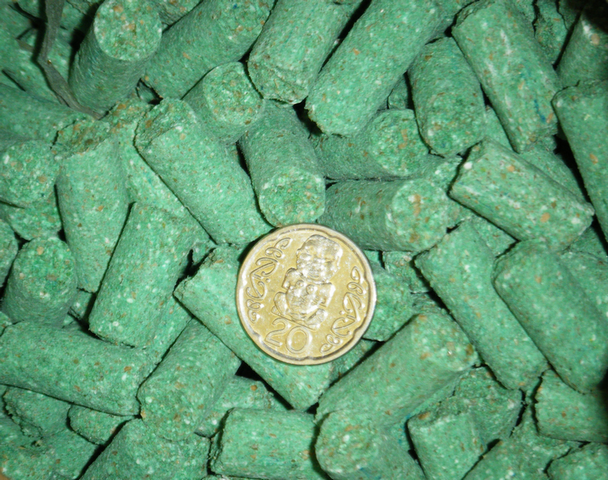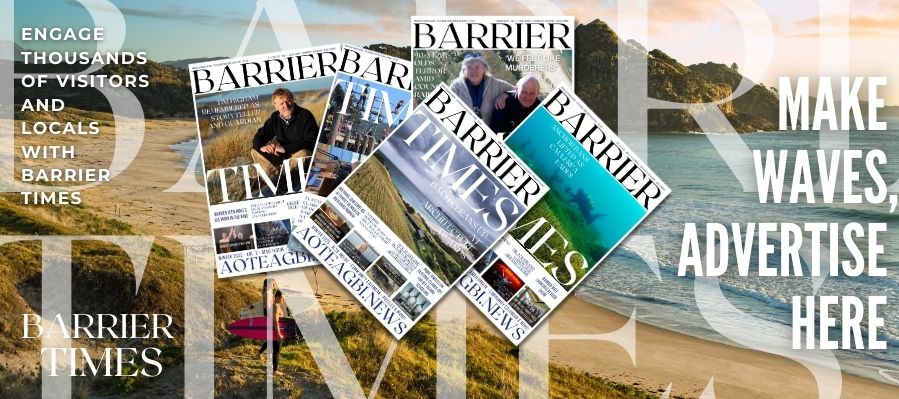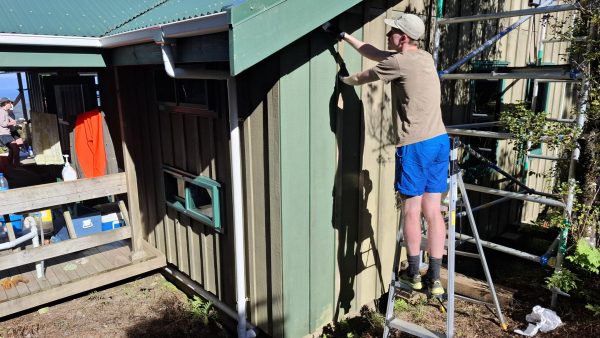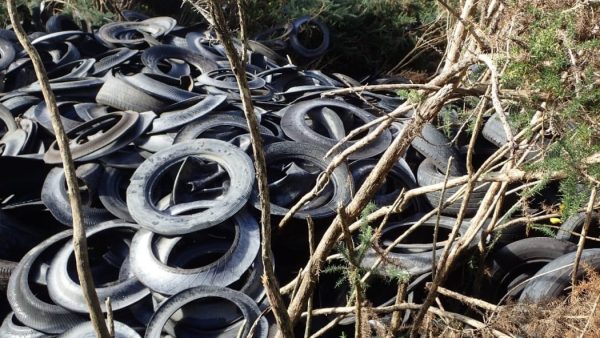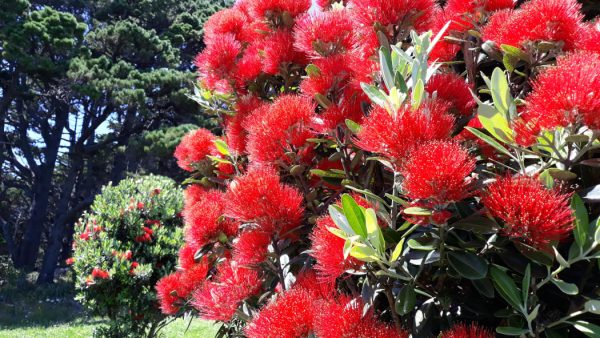The government has announced that $22 million collected from international visitors will be used over the next three years to fund large-scale poison and trapping operations, and goat culls across New Zealand’s national parks and offshore islands.
Conservation Minister Tama Potaka confirmed the funding during a visit to the Isaac Conservation and Wildlife Trust near Christchurch. The money comes from the International Visitor Levy (IVL), recently increased to $100 per visitor.
According to Potaka, the funding will be “strategically split between supporting native species and tackling invasive pests.” Of the $22 million, $4.15 million is earmarked for predator control such as trapping and poison, with a focus on managing rats, stoats, and other pests during forecast beech mast events that cause rodent population explosions.
A significant portion of the funding will go toward the Hauraki Gulf islands, which continue to be a key focus for government and iwi-led eradication efforts. Kawau Island is set to see the largest poison operation on an inhabited island in New Zealand’s history, involving dispersal of toxins including brodifacoum, 1080, cholecalciferol, and pindone. In recent years, islands such as Rakitu have also been subjected to poison drops as part of similar efforts. Conservationists argue that New Zealand’s offshore islands are ideal for mass poison distribution, as these isolated ecosystems allow for quicker progress towards their Predator Free 2050 target. Initiatives like the iwi-led Tū Mai Taonga on Great Barrier Island also align with this strategy.
Another $6.9 million will go toward feral goat management in areas such as Whanganui, Kahurangi, Westland Tai Poutini, and Nelson Lakes national parks. The aim is to eradicate goats in some locations to prevent browsing damage to native forests.
A further $11.5 million is allocated to targeted recovery efforts for highly threatened species including tara iti (New Zealand fairy tern), kakī (black stilt), kākāriki karaka (orange-fronted parakeet), and various rare plants, reptiles and insects.
Much of the work will also support existing predator-free initiatives and philanthropic projects, including those backed by the NEXT Foundation in places like the Marlborough Sounds, Kapiti, and Fiordland.
Mr Potaka framed the funding as a win for both the environment and the tourism sector, arguing conservation-related tourism generates $3.4 billion annually. “People fly here with the dream of enjoying our world-class environment and we want to make that experience even better for them,” he said.
DOC is set to receive $55 million per year in Budget 2025 from the increased visitor levy to continue these operations.


